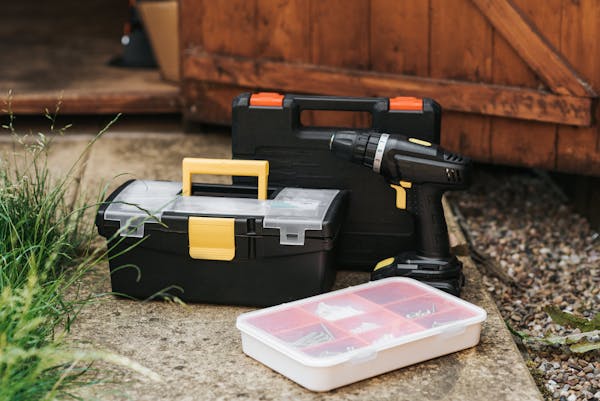Search engine optimisation is a broad term that encompasses many techniques and tactics. It’s important to keep in mind that SEO is a data-driven practice with a clear goal of serving users.
Trillions of searches are conducted each year – a valuable opportunity for businesses to direct relevant traffic. Complex algorithms determine which content from an index should be displayed as a search result. Order SEO Audit right now.
Keywords
Search engine optimization (SEO) is a complex and constantly evolving discipline. While it’s important to stay on top of the latest trends, it’s also helpful to remember that at its core, SEO is about serving searchers.
This can be done by focusing on keywords and creating quality content that answers user queries. It can also be done by implementing structured data and other technical optimizations.
Keywords are the foundation of search engine optimisation, and they should be used carefully to ensure that pages are relevant to users’ queries. It’s also important to do competitor research to understand which terms are most desirable to rank for. This allows businesses to create a strong keyword strategy and compete with competitors for these terms. It can also help businesses create content that is both informative and engaging. Ultimately, good SEO fosters transparency and enhances user experience by directing users to the information they need quickly. This reduces reliance on contact centers and other support channels, as well as minimizes frustration and wasted time.
Content
A large part of search engine optimization is creating quality, relevant, authoritative content. This includes keyword research, looking at competitors’ content, and analyzing what users want to know more about. It also involves understanding the search engine algorithms and how they rank websites for specific queries.
Page structure also plays a role in SEO. Titles, meta descriptions, and headers help search engines understand what a page is about. Using keywords in these elements can make your site easier to find, and it can help improve its ranking. Similarly, including keywords in a web page’s URL and adding a sitemap can also help search engines index the page more easily.
Finally, you should keep in mind that users search differently on different platforms. Anticipating this can help you create more effective content. For example, users who already have knowledge about a topic will use more specific keywords than those who are new to the subject. The more precise the keywords, the better, but you must be realistic about your chances of ranking for them.
Link building
Link building is a critical part of any SEO strategy. It involves creating content and establishing relationships with other websites to acquire high-quality backlinks to your website. When executed correctly, a quality link-building strategy can drive organic traffic and increase search engine rankings. In addition, it can improve your site’s internal linking structure by ensuring that relevant pages are easily accessible.
While search engines keep their algorithm evaluation criteria secret to prevent exploitation, they have disclosed that a webpage’s quality and relevance are determined by the number of links it has and the quality of those links. To ensure that your SEO strategies are effective, you must focus on getting high-quality links from trustworthy and authoritative websites. To do this, you can use tools like Ahrefs and SEMrush to analyze your current link profile and identify potential opportunities for improvement. You can also use guest posting, forum participation, and social media marketing to build quality links.
Analytics
SEO analytics helps marketers understand how their search engine optimisation efforts affect the performance of their website. It highlights areas of strength and weakness, enabling them to make strategic adjustments.
Initially, SEO relied heavily on factors like keyword density which were entirely within a webmaster’s control. This led to abuse and ranking manipulation by unscrupulous webmasters, causing search engines to produce irrelevant results for search queries. The 2013 Google Hummingbird update addressed these issues by introducing semantic search, which uses natural language processing to improve relevance and understanding of content.
It also takes into account the experience of the user on the site, which includes whether they stay on the page and interact with other content. This can help a business identify opportunities to improve their website and increase conversions. It can also help them create an audience that is more likely to return in the future. Data science is a growing field that combines big data with artificial intelligence, which is often used in machine learning (Cognixia, 2021). This type of technology can be used to analyse large datasets and make predictions about the performance of an algorithm.






